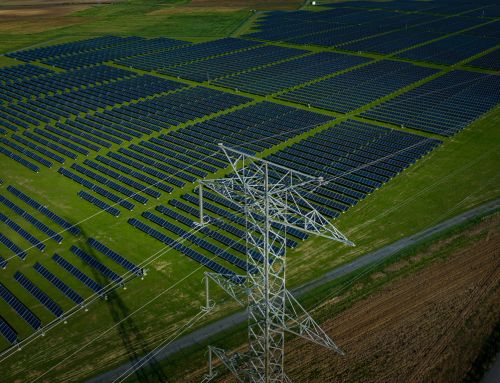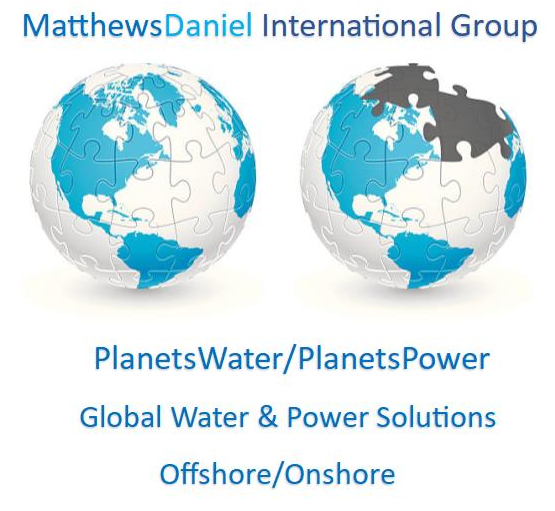Solar power has long been lauded as a beacon of hope in the search for sustainable energy. But as the world rushes towards this light, it becomes increasingly important to critically assess the shadows it casts. While it’s a source of renewable energy, solar power is not devoid of significant drawbacks.
1. Land Consumption: The Geographical Footprint For solar power to make a substantial impact on a nation’s energy grid, vast expanses of land are required. According to the National Renewable Energy Laboratory, to produce 1 GWh of energy annually, a solar farm needs an average of 1.75 to 3.5 acres. Considering the world consumed over 25,000 TWh of electricity in 2019, the land required to produce that purely from solar energy would be astronomical. This massive land requirement often means:
- Biodiversity Loss: Large-scale solar farms can disrupt local ecosystems, leading to habitat destruction.
- Agricultural Displacement: In many cases, fertile land is diverted for solar farms, affecting local agriculture and food security.
2. Material and Production Costs: Not as ‘Green’ as Marketed Solar panels are predominantly made from crystalline silicon. The production of these panels is energy-intensive and has its set of environmental implications:
- Silicon Production: Extracting silicon involves heating silica sand to molten temperatures, a process that releases sulfur dioxide and carbon dioxide, both greenhouse gases.
- Toxic By-products: Manufacturing processes release harmful chemicals like sodium hydroxide and hydrofluoric acid.
3. The Reliability Question: The Sun Doesn’t Shine All the Time One fundamental limitation of solar power is its intermittent nature.
- Dependency on Weather: Solar panels are most effective in direct sunlight, making them less reliable during cloudy days or extended periods of bad weather.
- Night-time Lapse: The sun’s absence at night necessitates alternative power sources or storage solutions, further complicating the energy grid.
4. The High Cost of Energy Storage: Battery Burdens To counteract its intermittency, solar energy often relies on batteries.
- Expensive Infrastructure: High-quality solar batteries, like Tesla’s Powerwall, can be prohibitively expensive for many households.
- Limited Lifespan: Batteries degrade over time. Even the best ones currently available may need replacement every 10-15 years.
- Environmental Concerns: Batteries contain toxic materials, and their production and disposal come with environmental costs.
5. End-of-Life Panel Disposal: An Emerging Environmental Challenge Solar panels have a lifespan of 25-30 years. As the first significant wave of solar panels reaches its end of life, we’re facing a mounting waste problem.
- Non-biodegradable Waste: Solar panels contain metals and plastics that can take centuries to degrade.
- Limited Recycling Infrastructure: Currently, there’s a lack of comprehensive systems for recycling old solar panels, leading to them often ending up in landfills.
6. Economic Implications: Hidden Costs Loom Large While the costs of solar panels have been decreasing, there are hidden financial burdens.
- Maintenance: Solar panels require regular cleaning and maintenance to remain efficient.
- Replacement Costs: Damage from storms or degradation over time necessitates replacements, adding to costs.
Conclusion While the intent behind solar power is commendable, it’s essential to recognise its limitations and challenges. Blindly championing it as the ultimate solution without addressing its drawbacks does a disservice to the cause of sustainable energy. As with all energy sources, a balanced, informed approach is crucial. The aim should be a diverse energy mix, tailored to the unique geographical, economic, and environmental contexts of each region.
Related Projects
Let us help you






